Are you tired of spending hours in the kitchen every week to prepare meals for yourself or your family? Do you wish you could simplify your meal planning and make cooking more efficient? If so, you may want to consider using a pressure cooker for meal prep and batch cooking.
Table of Contents
MEYER Presta Tri-ply with Outer Lid Pressure Cooker 3L
I. Introduction
In this post, we'll explore the many benefits of pressure cookers for meal prep and batch cooking. We'll discuss what pressure cookers are, how they work, and the types of pressure cookers available. We'll also cover the advantages of using pressure cookers, such as reduced cooking time, improved nutrient retention, and cost-effectiveness. Plus, we'll provide you with some tips on how to use a pressure cooker for meal prep and batch cooking, including meal planning, timing, and safety precautions. Finally, we'll give you some recipe ideas for breakfast, lunch, dinner, snacks, and desserts that you can make in your pressure cooker.
By the end of this post, you'll have a better understanding of how pressure cookers can help simplify your meal prep and batch cooking routine, and you'll have some new recipes to try out for yourself. Let's get started!
II. What is a pressure cooker?
|
A. Definition of a Pressure Cooker |
|
|
B. How Pressure Cookers Work |
The Basics of Pressure Cooking
The Role of Pressure in Cooking
|
|
C. Types of Pressure Cookers |
Stovetop Pressure Cookers
Electric Pressure Cookers
|
|
D. The Benefits of Using a Pressure Cooker for Meal Prep and Batch Cooking |
Reduced Cooking Time
Improved Nutrient Retention
Cost-Effective
Convenience and Versatility
|
III. Benefits of Pressure Cookers for Meal Prep and Batch Cooking
A. Reduced Cooking Time
Pressure cookers are a popular choice for meal prep and batch cooking because they cook food much faster than traditional methods. This is due to the fact that pressure cookers use steam and high pressure to cook food, which reduces cooking time significantly. For example, a dish that might take an hour to cook in the oven or on the stove could be ready in just 20 minutes in a pressure cooker. This makes it much easier and faster to cook large batches of food for the week ahead.
B. Energy Efficiency
Using a pressure cooker is not only a faster way to cook food, but it's also more energy-efficient than other cooking methods. Because pressure cookers use less heat and water to cook food, they require less energy to operate. This means that they are a great way to save on your energy bills, and they can also help reduce your carbon footprint by using less energy overallOne of the key benefits of using a pressure cooker for meal prep and batch cooking is that it helps retain more nutrients in your food. Because pressure cookers use steam to cook food, they can help preserve more of the vitamins and minerals that are often lost in other cooking methods. This is particularly important for meal prep and batch cooking, as it ensures that the food you prepare will retain its nutritional value even when stored for later use.
C. Nutrient Retention
One of the key benefits of using a pressure cooker for meal prep and batch cooking is that it helps retain more nutrients in your food. Because pressure cookers use steam to cook food, they can help preserve more of the vitamins and minerals that are often lost in other cooking methods. This is particularly important for meal prep and batch cooking, as it ensures that the food you prepare will retain its nutritional value even when stored for later use.
D. Versatility in Cooking Methods
Another advantage of using a pressure cooker for meal prep and batch cooking is that it can be used for a wide range of cooking techniques. Pressure cookers can be used to steam vegetables, cook rice, make soups and stews, and even cook tough cuts of meat. This versatility makes it a valuable tool for meal prep and batch cooking, as it allows you to prepare a wide range of dishes using just one appliance.
E. Cost-Effectiveness
Finally, using a pressure cooker for meal prep and batch cooking can also help save you money on groceries. By buying ingredients in bulk and cooking them in large batches, you can save money on the cost of ingredients and also reduce waste by using up everything you buy. In addition, using a pressure cooker to cook food more quickly and efficiently can also help reduce the cost of your energy bills over time.
IV. Tips for Using Pressure Cookers for Meal Prep and Batch Cooking
When it comes to using pressure cookers for meal prep and batch cooking, there are a few key tips to keep in mind to ensure success:
Meal planning and recipe selection
Before you start pressure cooking for meal prep and batch cooking, it's important to choose recipes that are well-suited to pressure cooking. Look for recipes that call for ingredients that have similar cooking times, such as tough cuts of meat or root vegetables. This will help ensure that everything in your dish cooks evenly and is done at the same time.
Timing and sequencing
When pressure cooking for meal prep and batch cooking, timing is everything. Make sure to plan out your meals and ingredients so that they are timed perfectly. For example, if you are making a recipe with both chicken and rice, you may need to cook the chicken first, then remove it from the pressure cooker and cook the rice separately.
Proper use and maintenance of pressure cookers
Before using a pressure cooker for meal prep and batch cooking, it's important to read the manufacturer's instructions and make sure you understand how to use the appliance properly. This includes knowing how much liquid to add to the cooker, how to adjust the pressure, and how to safely release the pressure when cooking is complete.
It's also important to regularly clean and maintain your pressure cooker to ensure it remains in good working condition. Follow the manufacturer's instructions for cleaning and maintenance, and make sure to replace any worn or damaged parts as needed.
Safety precautions
Pressure cookers can be safe to use, but it's important to take certain precautions to avoid accidents or injuries. Always make sure to follow the manufacturer's instructions for safe use, including the proper way to release pressure when cooking is complete.
Never try to force the lid open on a pressure cooker, as this can cause hot steam to escape and lead to serious burns. Instead, always release the pressure gradually and follow the manufacturer's instructions for safe release. Finally, never leave a pressure cooker unattended while it is cooking.
V. Recipes and Meal Ideas for Pressure Cooker Meal Prep and Batch Cooking
Meal prepping and batch cooking with a pressure cooker can be a great way to save time and ensure you always have healthy, delicious meals on hand. Here are some recipe ideas for each meal of the day:
Breakfast ideas:
- Steel-cut oats: Combine steel-cut oats, water, and your favorite toppings (such as fruit, nuts, and spices) in your pressure cooker for a quick and easy breakfast.
- Frittatas: Mix together eggs, vegetables, and cheese in your pressure cooker for a protein-packed breakfast that can be sliced and stored for later.
- Yogurt: Make your own yogurt in the pressure cooker using milk and yoghourt starter. This can be used as a base for many breakfast dishes, such as smoothie bowls and parfaits.
Lunch and dinner recipes:
- Chili: Combine ground meat (or vegetarian protein source), beans, diced tomatoes, and spices in your pressure cooker for a hearty and flavorful chili.
- Soup: Use your pressure cooker to make soup, such as chicken noodles or minestrone, by combining broth, vegetables, and protein.
- Stews and curries: Tenderize tough cuts of meat and infuse spices by cooking stews and curries in a pressure cooker.
- Snack and dessert ideas:
- Hummus: Combine chickpeas, tahini, lemon juice, and spices in your pressure cooker for a smooth and creamy homemade hummus.
- Applesauce: Cook apples with water and cinnamon in your pressure cooker for a healthy and natural snack or dessert.
- Cheesecake: Yes, you can make cheesecake in your pressure cooker! Search for a recipe that suits your taste preferences and give it a try.
Vegetarian and vegan options:
- Lentil soup: Cook lentils, vegetables, and spices in your pressure cooker for a filling and nutritious soup.
- Vegetable biryani: Combine rice, vegetables, and spices in your pressure cooker for a flavorful vegetarian dish.
- Jackfruit carnitas: Use Jackfruit as a plant-based substitute for carnitas in your pressure cooker. Serve with tacos, rice bowls, or salads.
These are just a few ideas to get you started with pressure cooker meal prep and batch cooking. Get creative and experiment with your favorite ingredients to discover new and exciting dishes.
In conclusion, pressure cookers are an excellent tool for meal prep and batch cooking, offering a range of benefits over traditional cooking methods. They can help you save time, energy, and money, while also retaining more nutrients in your food. By following some basic tips for using a pressure cooker, you can ensure that your meals turn out perfectly every time. Plus, with so many delicious recipes to choose from, you'll never get bored with your meal prep routine. We encourage you to try using a pressure cooker for your next meal prep session and experience the benefits for yourself!
MORE FROM BLOG
Top Collections
A Guide to Different Types of Pressure Cookers: From Multi-Cookers to Canning Pressure Cookers
2 Items

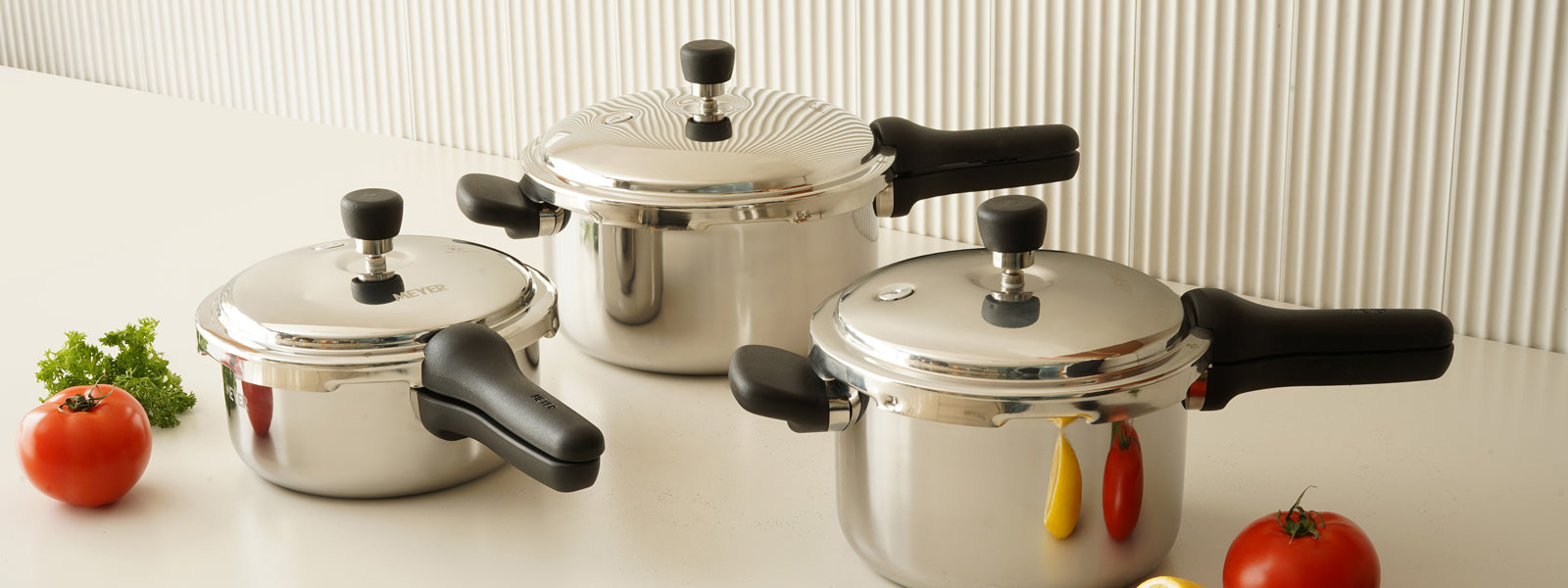
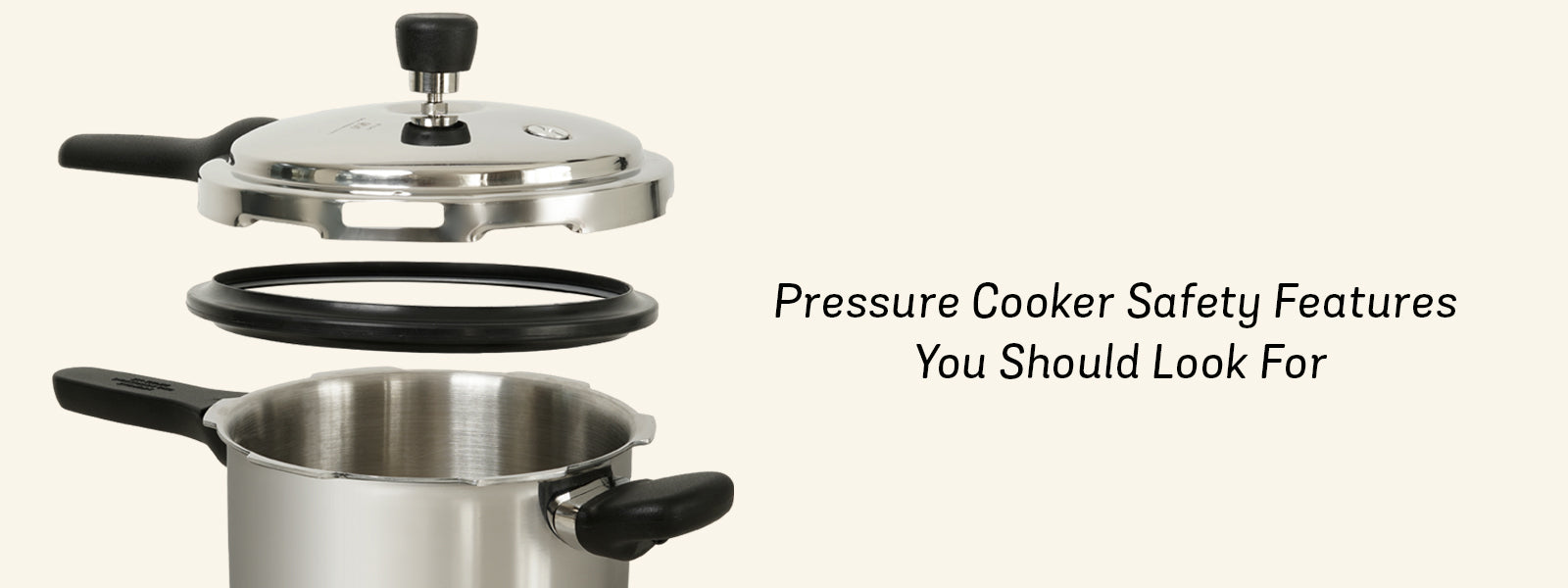
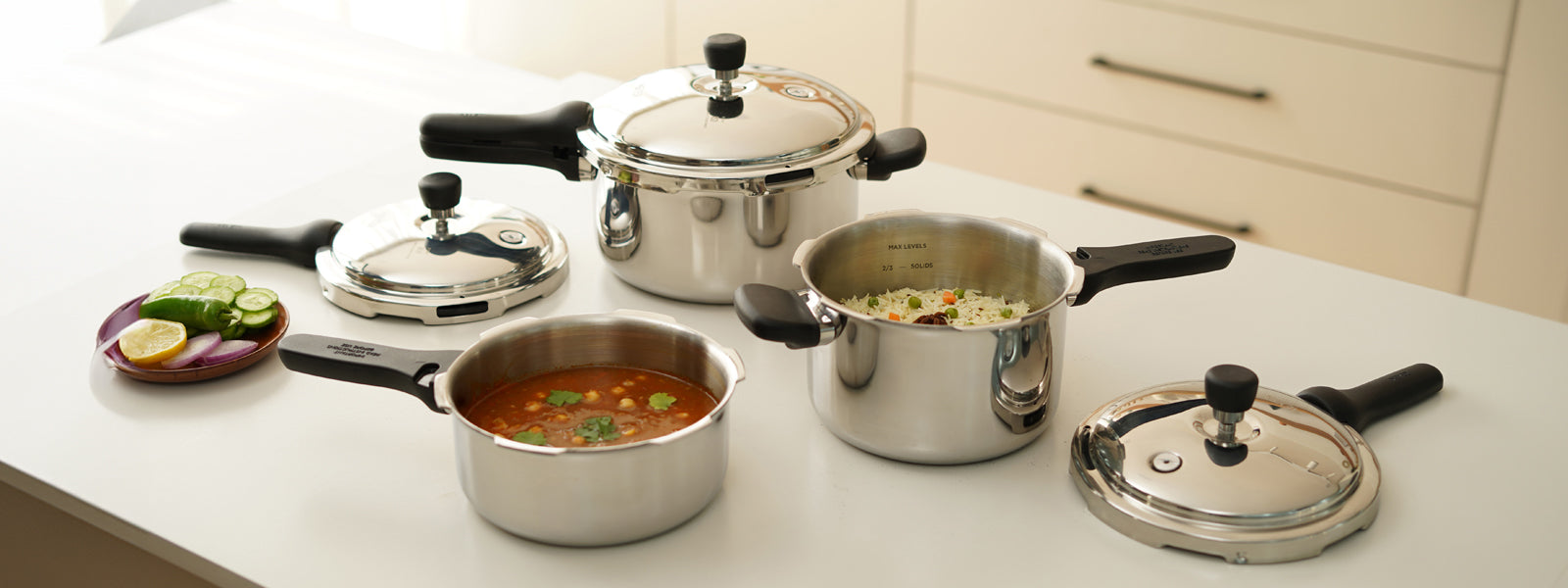

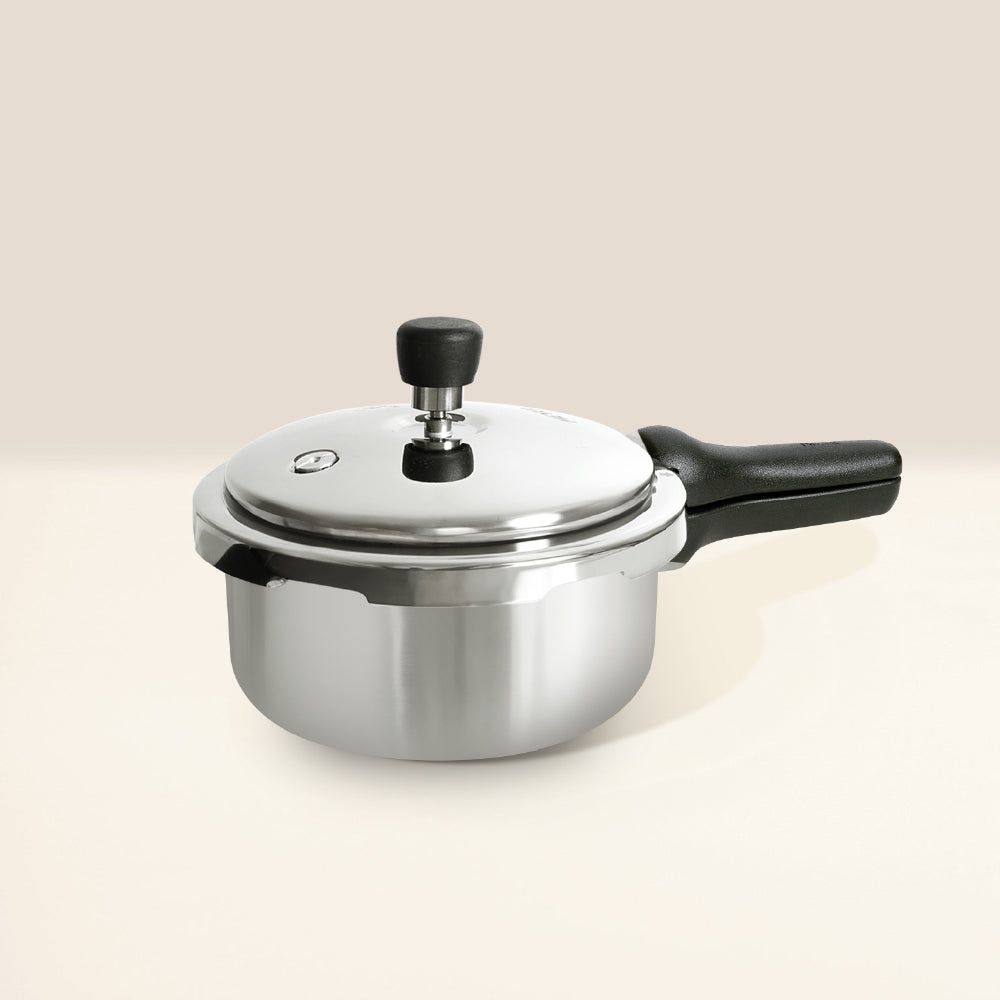
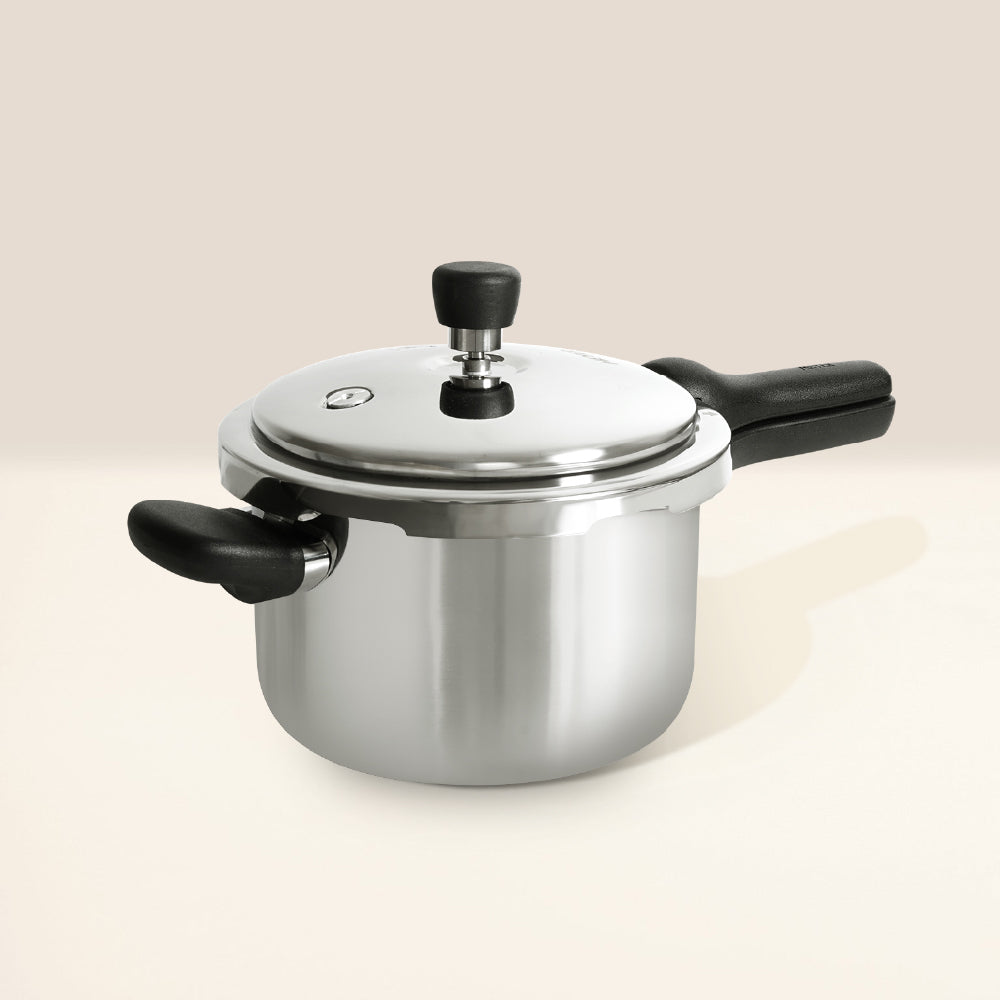




Leave a comment